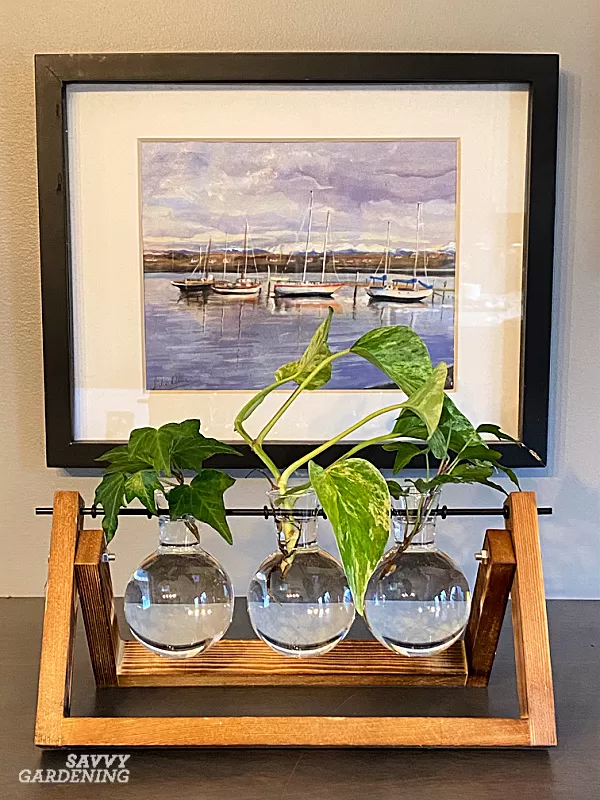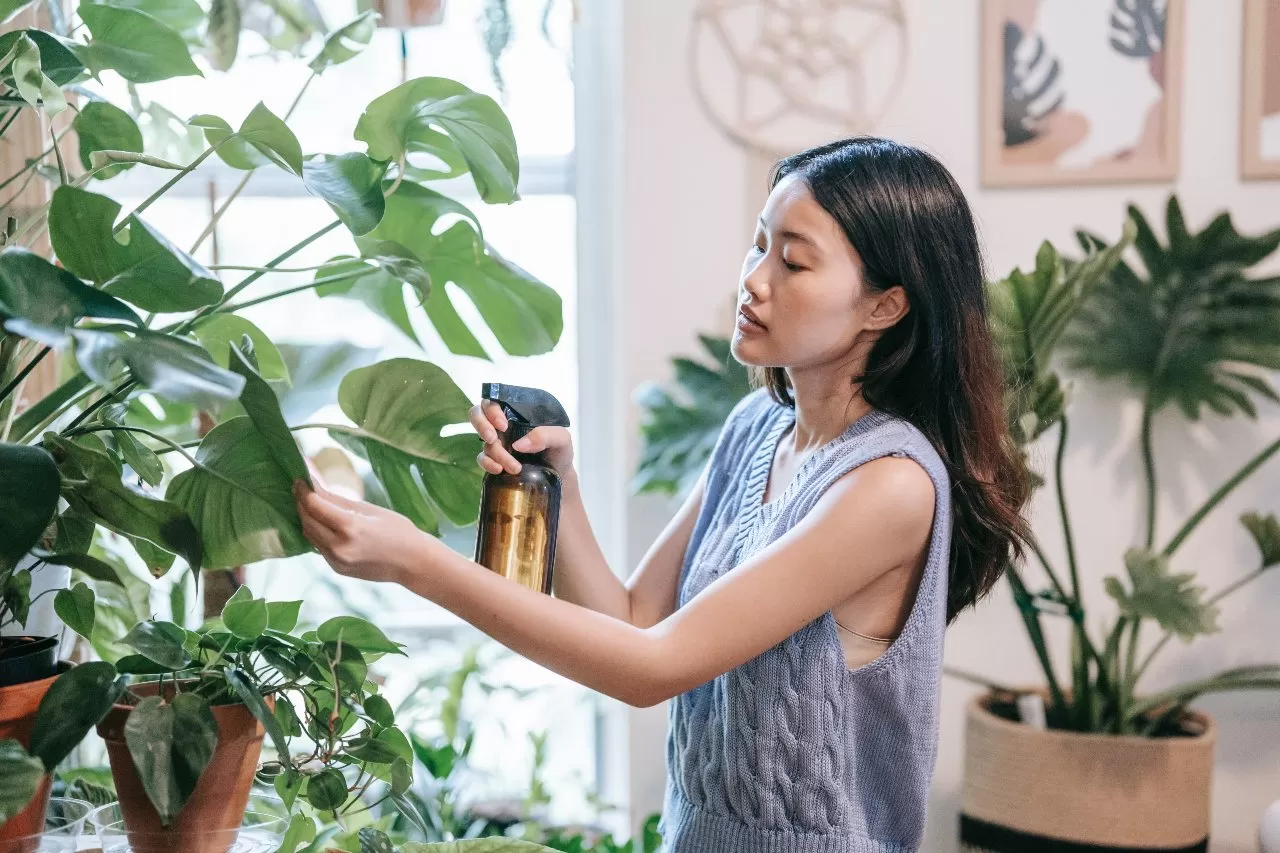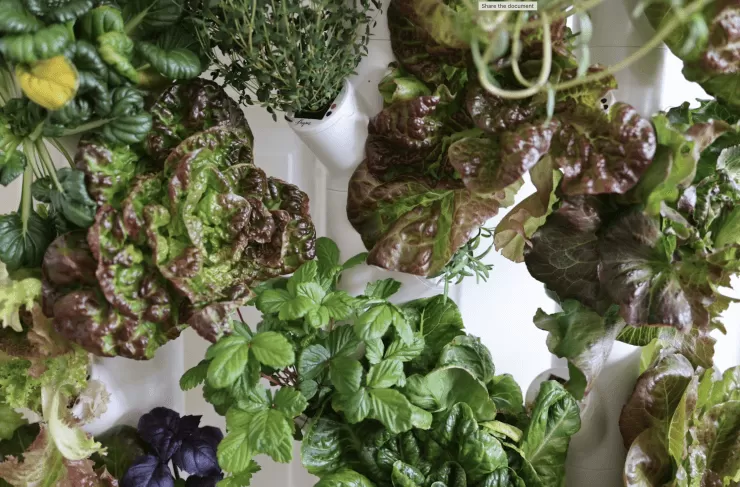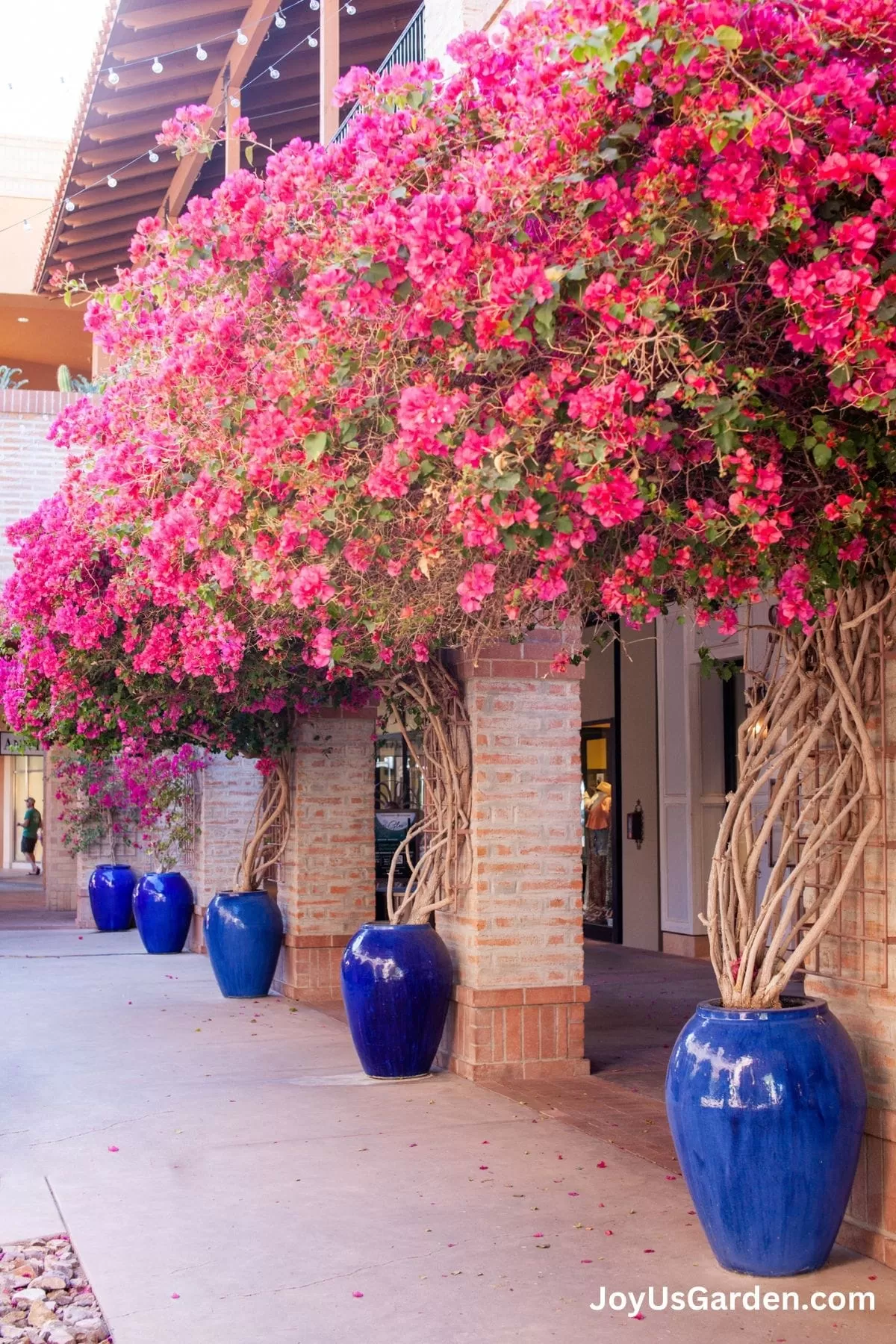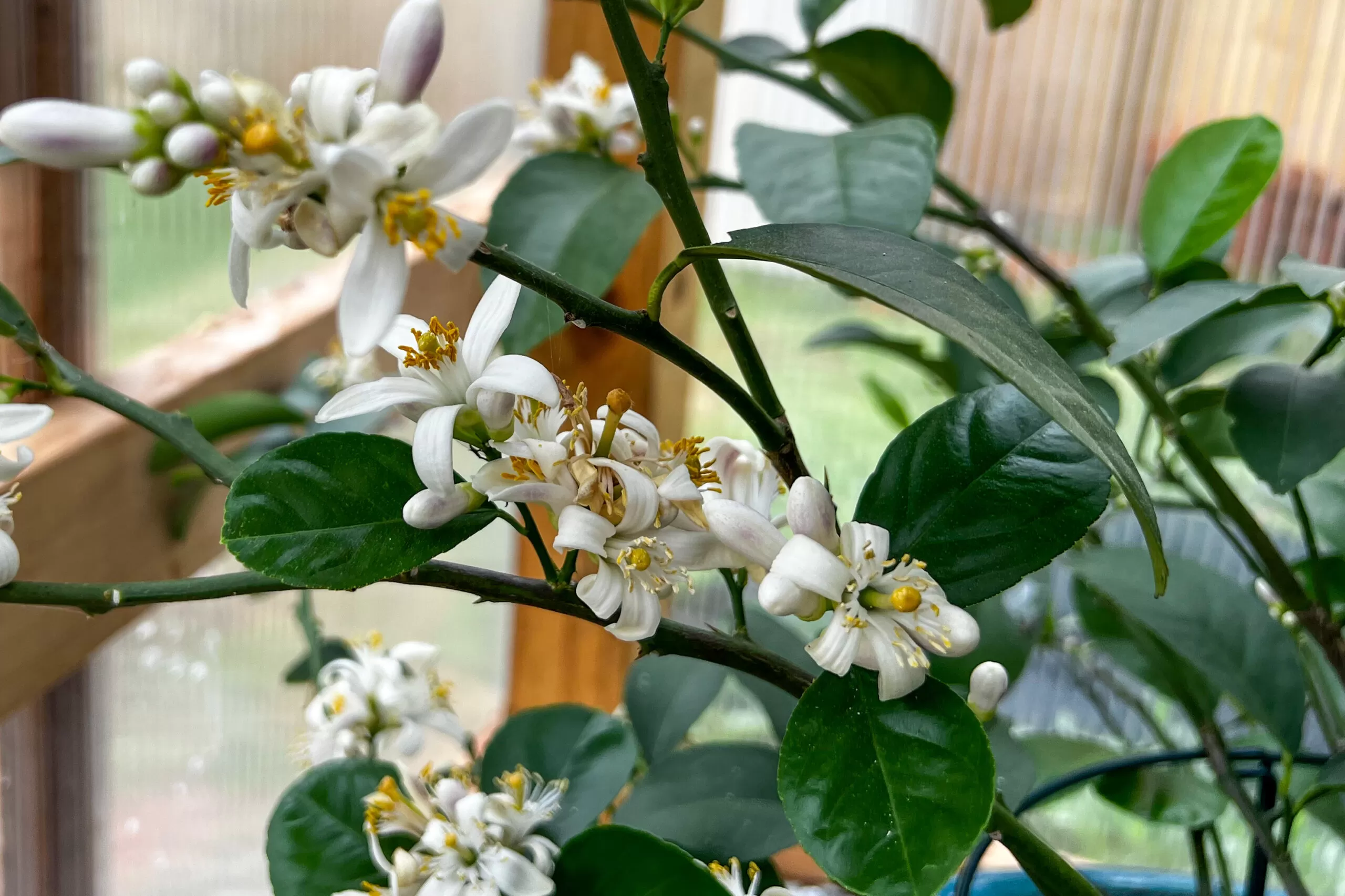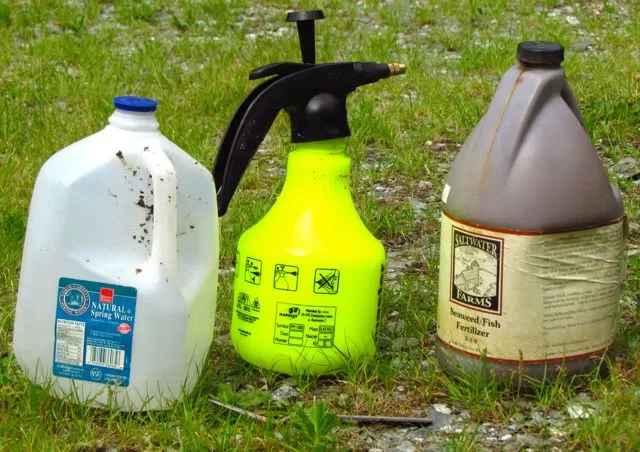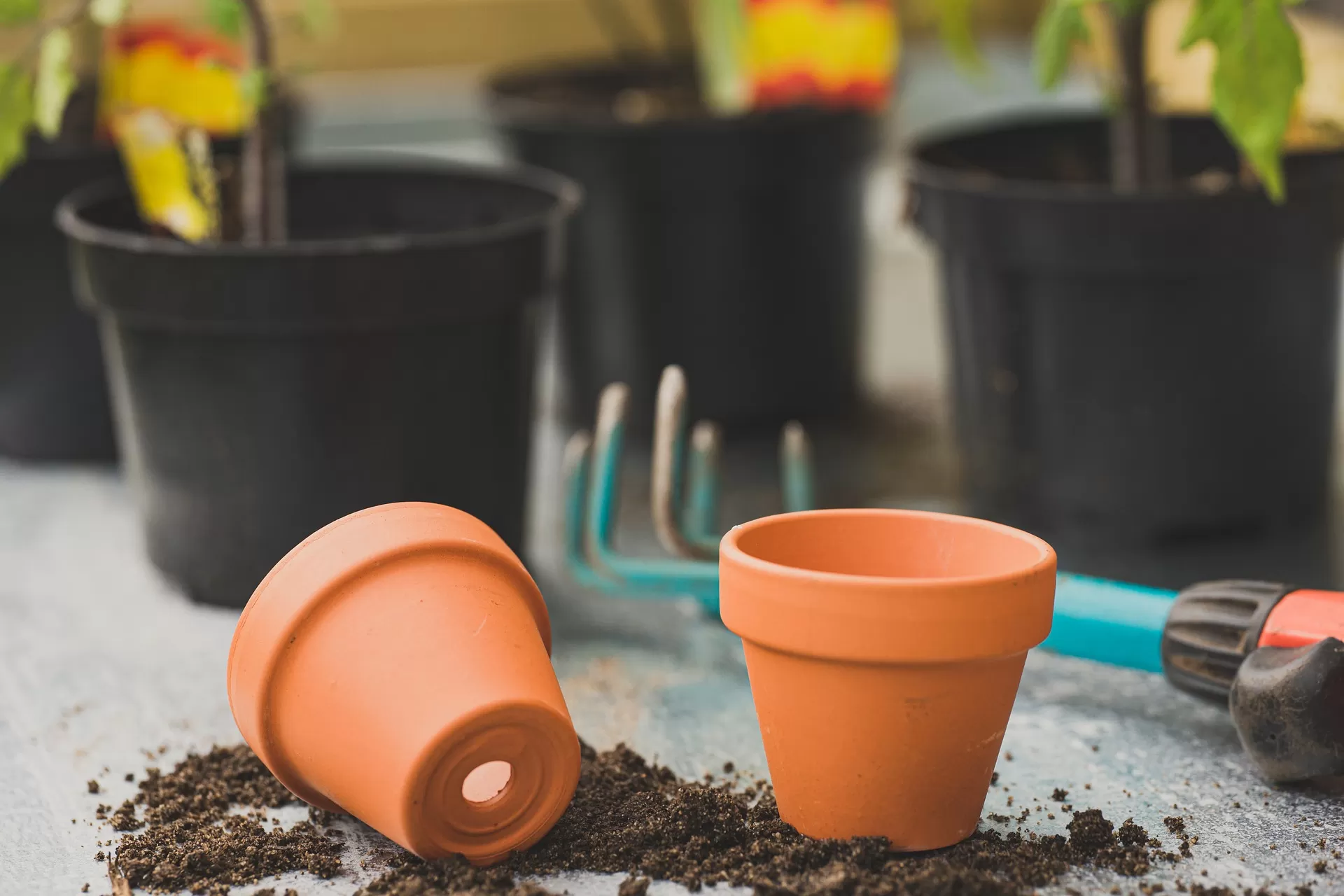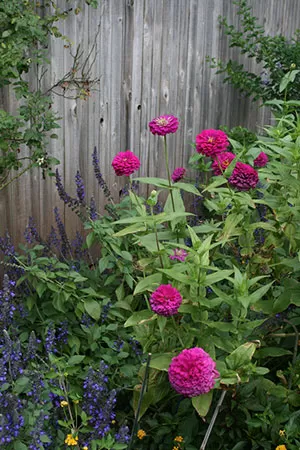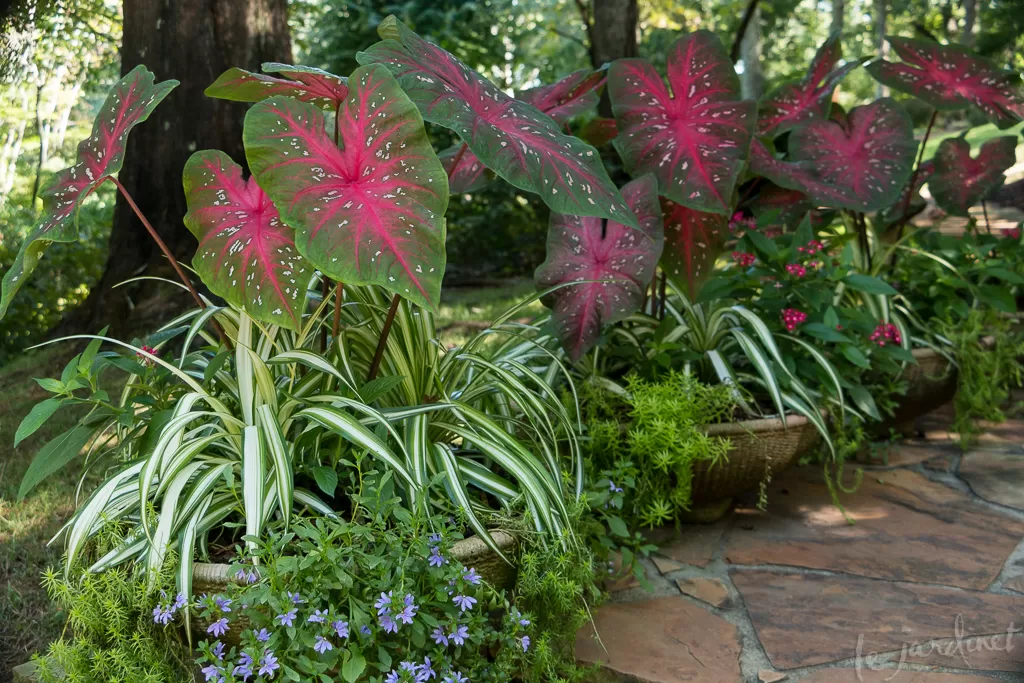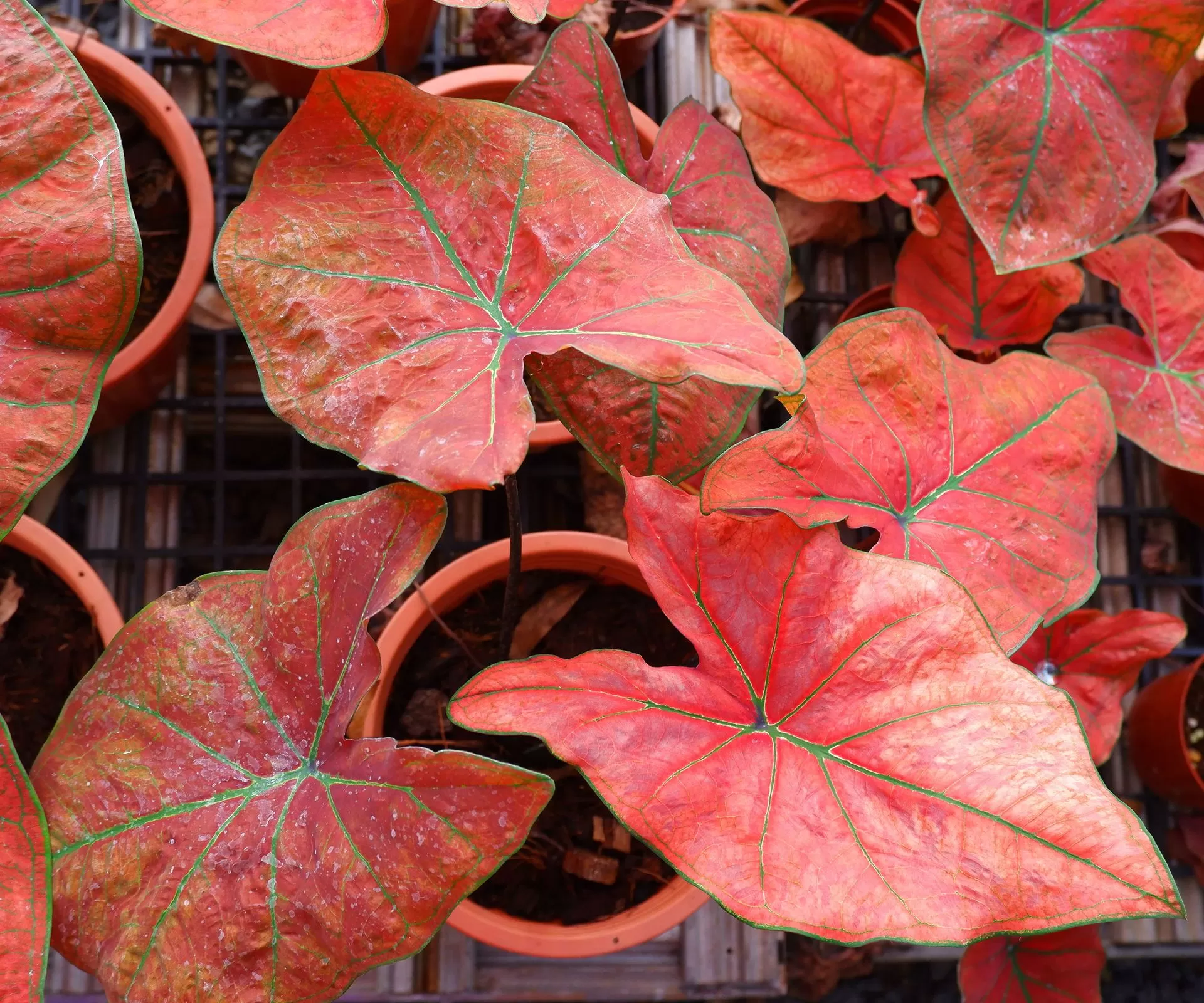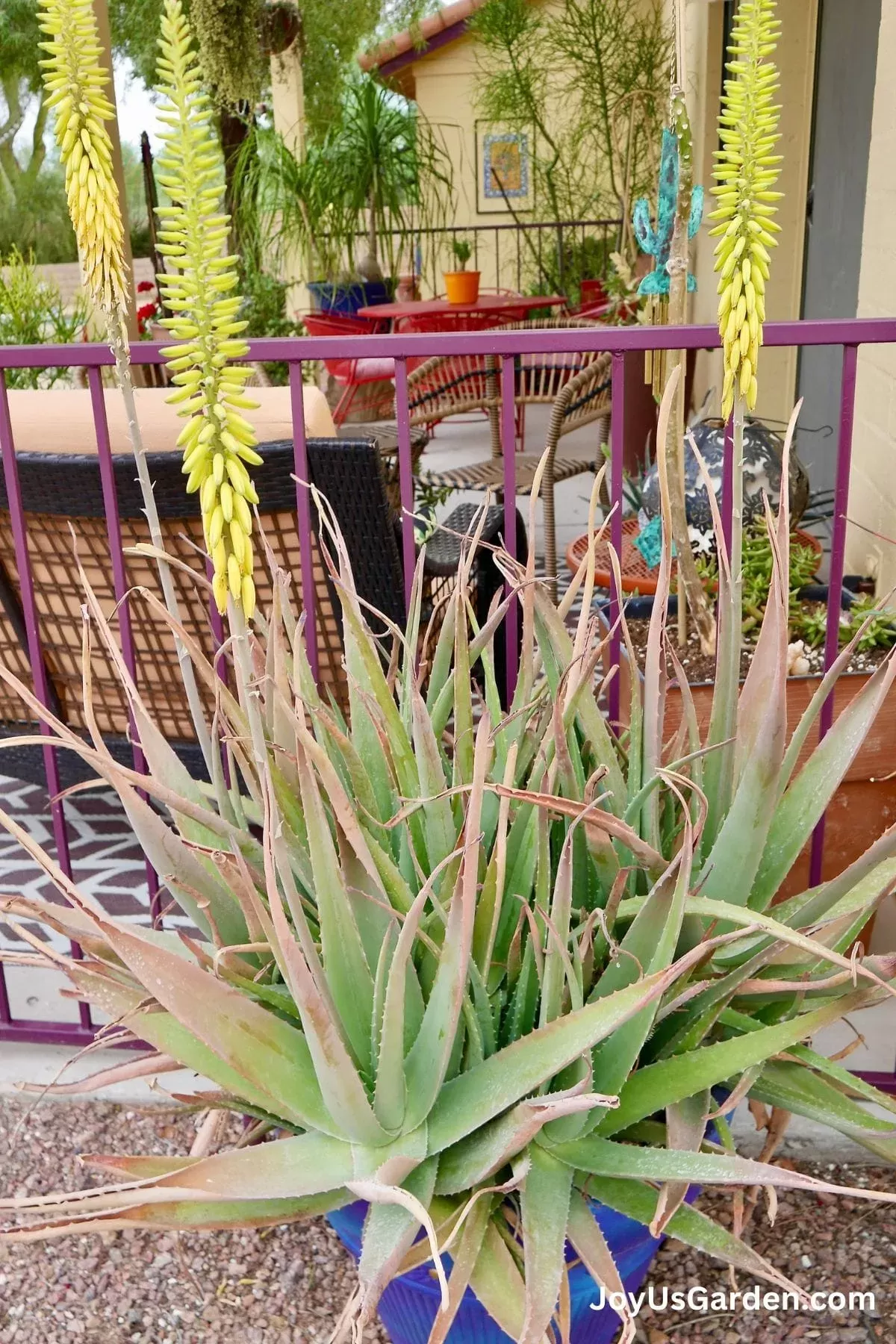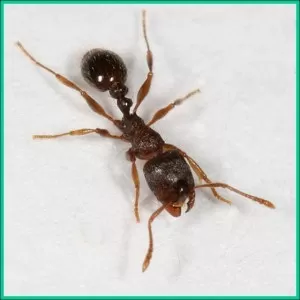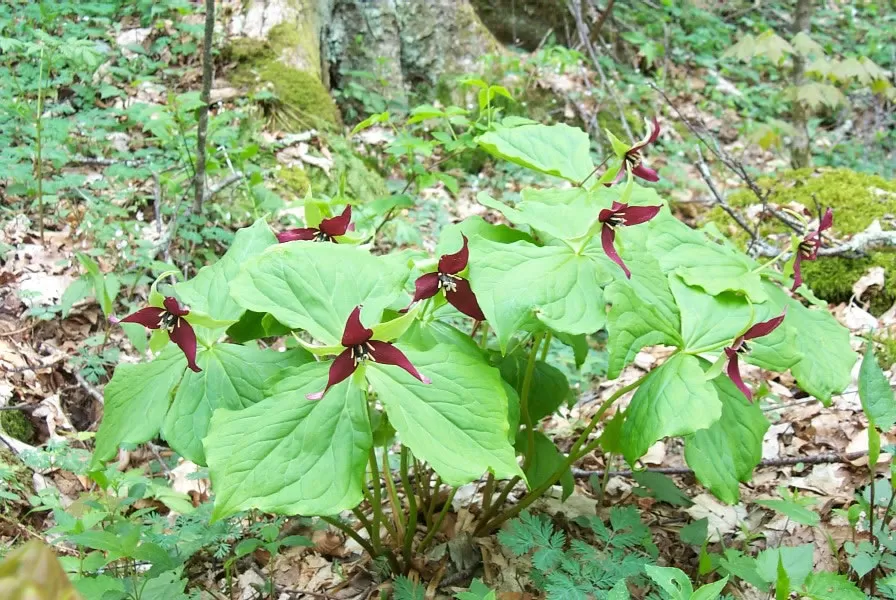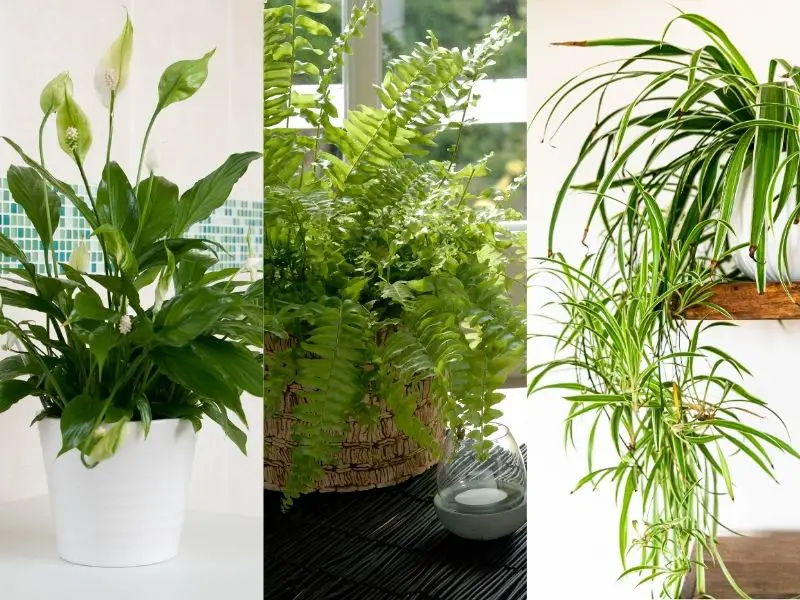Here are the key takeaways about enhancing your indoor air quality with plants:
- Certain common houseplants have been scientifically proven to filter out harmful pollutants like formaldehyde, benzene, and xylene.
- Research, notably by NASA, highlights specific plant species highly effective at improving indoor air quality.
- Integrating air-purifying plants into your home or office is a natural, beautiful, and cost-effective way to combat indoor air pollution.
- While plants are powerful natural filters, they complement, rather than entirely replace, mechanical air purifiers for optimal results.
Ever walk into a room and feel like the air is a little… stale? We spend so much time indoors, and the air we breathe inside our homes and offices can be surprising carriers of invisible pollutants from furniture, cleaning products, and even our clothing. While opening windows helps, it’s not always an option. What if we told you there was a beautiful, natural way to help purify the air right where you live and work? Enter the humble houseplant! Based on fascinating research, particularly a well-known study by NASA, certain plants aren’t just pretty faces; they are powerhouse air filters. Let’s explore some of the best plants for air quality and how they can transform your indoor environment.
Contents
- Why Indoor Air Quality Matters
- The NASA Clean Air Study: A Pioneering Discovery
- Meet the Best Plants for Air Quality
- Spider Plant (Chlorophytum comosum)
- Snake Plant (Sansevieria trifasciata)
- Peace Lily (Spathiphyllum)
- Aloe Vera (Aloe barbadensis miller)
- Boston Fern (Nephrolepis exaltata)
- English Ivy (Hedera helix)
- Rubber Plant (Ficus elastica)
- Golden Pothos (Epipremnum aureum)
- Bamboo Palm (Chamaedorea seifrizii)
- Dracaena (Dracaena spp.)
- Areca Palm (Dypsis lutescens)
- Gerbera Daisy (Gerbera jamesonii)
- Philodendron (Philodendron spp.)
- Weeping Fig (Ficus benjamina)
- Chinese Evergreen (Aglaonema)
- Plants vs. Air Purifiers: Which is Better?
- Plant Power: The Natural Advantages
- Plant Limits: What They Don’t Do
- Air Purifier Strengths: Technology’s Role
- Air Purifier Drawbacks: The Trade-offs
- The Best of Both Worlds: A Combined Approach
- Choosing Your Green Air Filters
Why Indoor Air Quality Matters
Think about “sick building syndrome” – that feeling of headache, fatigue, or respiratory irritation that sometimes strikes after spending time in poorly ventilated indoor spaces. These symptoms are often linked to Volatile Organic Compounds (VOCs) and other airborne chemicals trapped indoors. Formaldehyde, benzene, trichloroethylene, xylene, and ammonia are common culprits, off-gassing from carpets, paint, plastics, and more. Breathing cleaner air isn’t just about comfort; it’s vital for our long-term health and well-being. This is where the green heroes come in.
The NASA Clean Air Study: A Pioneering Discovery
Back in the late 1980s, NASA conducted a groundbreaking study as part of their efforts to find ways to purify the air in space stations. They tested common houseplants to see how effective they were at removing specific indoor pollutants. The results were remarkable, showing that plants could absorb these harmful substances through their leaves and roots, even converting some into less harmful compounds. While some argue about the scale needed for a significant impact in a typical home, the study firmly established the air-purifying potential of many indoor plants. It sparked widespread interest in bringing more greenery indoors not just for aesthetics but for health benefits.
 NASA List of best indoor house plants
NASA List of best indoor house plants
Meet the Best Plants for Air Quality
Based on the NASA study and subsequent research, these plants consistently rank among the top performers for filtering common indoor air pollutants. They’re not just effective; many are also relatively easy to care for, making them perfect companions for any indoor gardener, from beginner to expert.
Spider Plant (Chlorophytum comosum)
Known for their prolific “spiderettes” that dangle from the mother plant, Spider Plants are incredibly forgiving and excellent air purifiers.
- Scientific Name: Chlorophytum comosum
- Common Name: Spider Plant, Air Plant
- Air Purifying Benefits: Filters formaldehyde, xylene, and toluene.
- Light: Thrives in indirect sunlight; can tolerate lower light but growth may slow.
- Humidity: Prefers moderate to high humidity, but tolerates average household levels.
- Water: Water thoroughly when the top inch of soil is dry. Prone to root rot if overwatered.
Snake Plant (Sansevieria trifasciata)
Also known as Mother-in-Law’s Tongue, this hardy plant is famous for its upright, sword-like leaves and incredible tolerance for neglect. It’s also one of the few plants that converts CO2 to oxygen at night.
- Scientific Name: Sansevieria trifasciata
- Common Name: Snake Plant, Mother-in-Law’s Tongue
- Air Purifying Benefits: Removes formaldehyde, benzene, xylene, toluene, and nitrogen oxides.
- Light: Highly adaptable; tolerates low light but prefers bright, indirect light.
- Humidity: Tolerates low humidity.
- Water: Very drought-tolerant. Water only when soil is completely dry to avoid rot.
Peace Lily (Spathiphyllum)
Elegant and graceful, Peace Lilies signal their thirst dramatically by drooping their leaves, making them easy to care for once you understand their needs. Their white “flowers” (actually modified leaves called spathes) add a touch of beauty.
- Scientific Name: Spathiphyllum spp.
- Common Name: Peace Lily
- Air Purifying Benefits: Removes formaldehyde, benzene, trichloroethylene, xylene, and ammonia.
- Light: Prefers bright, indirect light; can tolerate low light but may not flower.
- Humidity: Thrives in high humidity; misting or a pebble tray is beneficial.
- Water: Keep soil consistently moist, but not waterlogged. Water when leaves begin to droop slightly.
Aloe Vera (Aloe barbadensis miller)
More than just a soothing gel for sunburns, the Aloe Vera plant is a succulent that also contributes to cleaner air.
- Scientific Name: Aloe barbadensis miller
- Common Name: Aloe Vera, Medicinal Aloe
- Air Purifying Benefits: Known for removing formaldehyde and benzene.
- Light: Needs bright, indirect sunlight; a south or west-facing window is ideal.
- Humidity: Tolerates low humidity.
- Water: Drought-tolerant; water deeply only when the soil is completely dry.
Boston Fern (Nephrolepis exaltata)
With their lush, feathery fronds, Boston Ferns add a touch of tropical elegance and are champions at tackling formaldehyde.
- Scientific Name: Nephrolepis exaltata
- Common Name: Boston Fern, Sword Fern
- Air Purifying Benefits: Removes formaldehyde and xylene.
- Light: Prefers bright, indirect light. Avoid direct sun.
- Humidity: Requires high humidity to thrive; ideal for bathrooms or needs regular misting.
- Water: Keep soil consistently moist, but not soggy.
English Ivy (Hedera helix)
A classic climbing plant, English Ivy is effective at filtering airborne particles, making it a great choice for removing common household toxins. Be mindful that it can be toxic to pets if ingested.
- Scientific Name: Hedera helix
- Common Name: English Ivy
- Air Purifying Benefits: Effective at removing formaldehyde, benzene, xylene, and toluene.
- Light: Thrives in moderate light but can tolerate lower light conditions.
- Humidity: Prefers moderate to high humidity.
- Water: Keep soil evenly moist; allow the top inch to dry out between waterings.
Rubber Plant (Ficus elastica)
With its striking dark, glossy leaves, the Rubber Plant is a stylish addition to any room and works hard to clean your air.
- Scientific Name: Ficus elastica
- Common Name: Rubber Plant
- Air Purifying Benefits: Known for removing formaldehyde.
- Light: Prefers bright, indirect light. Can tolerate lower light but may lose lower leaves.
- Humidity: Tolerates average household humidity but appreciates higher levels.
- Water: Water moderately; allow the top inch or two of soil to dry between waterings.
Golden Pothos (Epipremnum aureum)
Often called “Devil’s Ivy” because it’s so hard to kill, Golden Pothos is a trailing plant that looks beautiful cascading from shelves or hanging baskets. It’s incredibly low-maintenance.
- Scientific Name: Epipremnum aureum
- Common Name: Golden Pothos, Devil’s Ivy
- Air Purifying Benefits: Removes formaldehyde, benzene, xylene, and toluene.
- Light: Very adaptable; tolerates low light but variegated leaves will be more prominent in brighter, indirect light.
- Humidity: Tolerates average household humidity.
- Water: Very forgiving; water thoroughly when the soil is dry. Better to underwater than overwater.
Bamboo Palm (Chamaedorea seifrizii)
This graceful palm adds a touch of the tropics and is excellent at filtering several key VOCs.
- Scientific Name: Chamaedorea seifrizii
- Common Name: Bamboo Palm, Reed Palm
- Air Purifying Benefits: Effective at removing formaldehyde, benzene, trichloroethylene, and xylene.
- Light: Prefers indirect light; direct sun can scorch leaves.
- Humidity: Requires high humidity; frequent misting is recommended.
- Water: Keep soil consistently moist but well-drained.
Dracaena (Dracaena spp.)
Available in many varieties with different leaf shapes and colours, Dracaenas are popular, easy-care plants that are also good air cleaners.
- Scientific Name: Dracaena spp.
- Common Name: Dracaena, Dragon Tree (depending on species)
- Air Purifying Benefits: Removes formaldehyde, benzene, trichloroethylene, xylene, and toluene.
- Light: Prefers bright, indirect light, but many varieties tolerate lower light.
- Humidity: Tolerates average household humidity.
- Water: Allow the top inch or two of soil to dry out before watering. Sensitive to fluoride in water.
Areca Palm (Dypsis lutescens)
With its feathery fronds, the Areca Palm is a classic choice for adding greenery indoors and is a strong air purifier.
- Scientific Name: Dypsis lutescens
- Common Name: Areca Palm, Butterfly Palm
- Air Purifying Benefits: Removes formaldehyde, xylene, and toluene.
- Light: Prefers bright, indirect light.
- Humidity: Requires high humidity; frequent misting is beneficial.
- Water: Keep soil consistently moist during spring and summer; allow slight drying in fall and winter.
Gerbera Daisy (Gerbera jamesonii)
While often grown outdoors, these cheerful flowering plants can be brought indoors temporarily to help filter air, particularly benzene found in paints and some cleaners.
- Scientific Name: Gerbera jamesonii
- Common Name: Gerbera Daisy, Transvaal Daisy
- Air Purifying Benefits: Known for removing benzene and trichloroethylene.
- Light: Needs bright light to flower well, ideally direct morning sun or bright indirect light.
- Humidity: Tolerates average humidity.
- Water: Keep soil consistently moist but well-drained. Water at the base to avoid fungal issues.
Philodendron (Philodendron spp.)
Popular for their heart-shaped leaves and trailing or climbing habits, Philodendrons are low-maintenance and effective air purifiers.
- Scientific Name: Philodendron spp.
- Common Name: Philodendron
- Air Purifying Benefits: Effective at removing formaldehyde.
- Light: Prefers indirect light; tolerates lower light conditions.
- Humidity: Tolerates average household humidity but prefers higher levels.
- Water: Allow the top inch of soil to dry before watering.
Weeping Fig (Ficus benjamina)
A common indoor tree, the Weeping Fig adds height and structure to a space while working to clean the air. It can be a bit finicky about being moved.
- Scientific Name: Ficus benjamina
- Common Name: Weeping Fig, Benjamin Fig
- Air Purifying Benefits: Removes formaldehyde, xylene, and toluene.
- Light: Prefers bright, indirect light. Avoid drafts and sudden temperature changes.
- Humidity: Prefers high humidity.
- Water: Keep soil consistently moist; allow the top inch to dry between waterings.
Chinese Evergreen (Aglaonema)
With their attractive patterned leaves, Chinese Evergreens are not only beautiful but also tolerate low light and contribute to cleaner air.
- Scientific Name: Aglaonema spp.
- Common Name: Chinese Evergreen
- Air Purifying Benefits: Known for removing formaldehyde and benzene.
- Light: Tolerates low light, making it perfect for dimmer rooms. Brighter indirect light can enhance leaf colour.
- Humidity: Prefers high humidity.
- Water: Allow the top inch or two of soil to dry out between waterings.
Plants vs. Air Purifiers: Which is Better?
It’s natural to wonder if these green beauties can replace modern air purification technology. The truth is, plants and mechanical air purifiers work in different ways and have unique strengths.
Plant Power: The Natural Advantages
- Biological Filtration: Plants naturally absorb certain airborne chemicals through their leaves and soil microbes. This is a continuous, passive process.
- Aesthetic & Mood Boost: Beyond cleaning air, plants make spaces more beautiful, reduce stress, and increase feelings of well-being. They add life!
- Humidity Helpers: Plants release moisture through transpiration, naturally increasing humidity in dry indoor environments, which can benefit respiratory health.
- Sustainable & Quiet: Plants require no electricity (beyond the light they need) and operate silently.
Plant Limits: What They Don’t Do
- Scale Matters: For plants to have a significant impact on air quality in a large, open space, you might need a large number of plants.
- Pollutant Range: Plants are excellent at targeting VOCs but are less effective at removing particulate matter like dust, pollen, mold spores, or pet dander.
- Maintenance Required: Unlike flipping a switch, plants need regular watering, light, and occasional feeding or pruning to stay healthy and effective.
Air Purifier Strengths: Technology’s Role
- High Efficiency: Purifiers with HEPA filters excel at capturing tiny airborne particles (dust, allergens, mold) that plants don’t. Activated carbon filters handle odors and a broader range of VOCs.
- Fast Action: Air purifiers actively draw air through filters, cleaning a room’s air multiple times per hour.
- Targeted Removal: They can be chosen based on specific needs (e.g., removing pet dander, smoke, or allergens).
Air Purifier Drawbacks: The Trade-offs
- Energy Use & Cost: They require electricity to run and ongoing costs for filter replacements.
- Noise: Many purifiers generate noise, which can be disruptive.
- Maintenance: Filters need regular cleaning or replacement.
The Best of Both Worlds: A Combined Approach
For the cleanest indoor air possible, combining plants and air purifiers is often the most effective strategy. Use a quality air purifier to handle particulates and allergens, and supplement with a collection of the best plants for air quality to tackle VOCs, add natural beauty, and boost humidity. It’s a holistic approach that benefits both your air and your spirit.
Choosing Your Green Air Filters
Adding any plant to your home is beneficial, but selecting some of these known powerhouses gives you an extra edge in the battle for fresh air. Consider your space’s light levels and your willingness to water when choosing the best plants for your home. Even a few well-placed plants can make a difference and bring a sense of calm and connection to nature indoors.
As Dr. Bill Wolverton, who led the initial NASA study, suggested, common indoor plants hold immense potential for creating healthier living and working environments. By bringing these green guardians into your space, you’re not just decorating; you’re cultivating a fresher, cleaner atmosphere.
Ready to bring some natural air purifiers into your home? Explore our selection of indoor plants known for their air-cleaning abilities!

Transform your home into a breathing sanctuary, one plant at a time. Do you have a favourite air-purifying plant? Share your experiences in the comments below!



